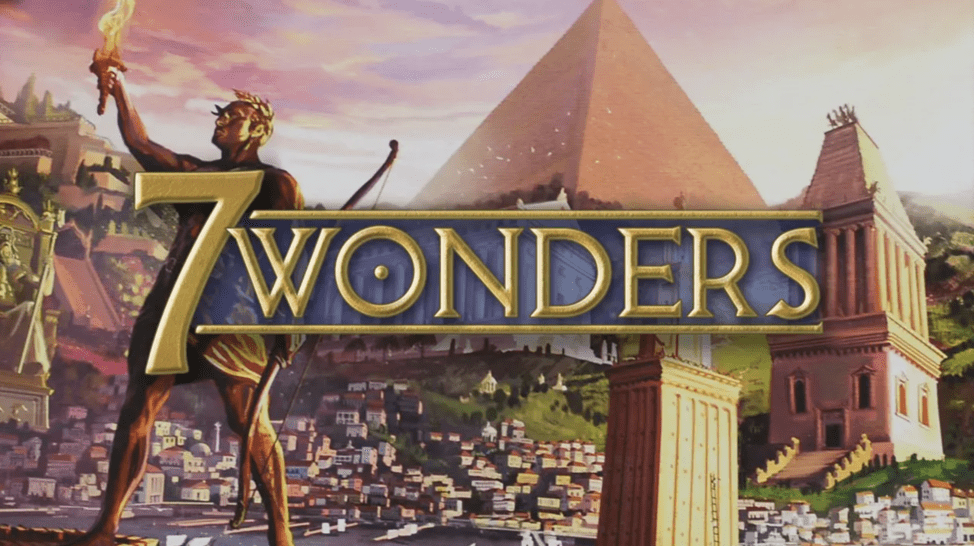- Name of game: 7 Wonders
- Created by: Antoine Bauza in 2010
- Platform: tabletop card drafting game
What is the theme?
Ancient, magical, civilization building
Formal elements / What mechanics do they use?
- Players: 3-7 players; multilateral competition
- Objective: construction
- Outcomes: non zero-sum game
- Procedures & rules: There are three rounds, or Ages. In each round, players start with a full hand of Age Cards representing resource production, commercial activity, or military. All players simultaneously play one Age Card, building some aspect of their civilization, and pass the rest clockwise, earning Victory Points on the way. Once the hand has been depleted, players engage in military conflict with their neighbors, and the round ends. The three rounds build upon each other and increase in complexity. The player who ends up with the greatest civilization (represented by the most Victory Points) wins.
- Resources: 7 Wonder Boards, 49 Age I Cards, 49 Age II Cards, 50 Age III Cards, 46 Conflict tokens, 24 Value-3 Coins, 47 Value-1 Coins
- Boundaries: the table
What kind of fun do they promise the player?
Fantasy, challenge, competition
How is this fun and theme reinforced through graphic design decisions?
The graphic design of the Wonder Boards and Age Cards are very detailed, realistic, and give off ancient, magical, and magnificent vibes, which makes players want to play to step into a role not in real life.
How does the game differentiate itself from other games in the genre?
7 Wonders differentiates itself from other multilateral competition tabletop card games (e.g., Exploding Kittens, Unstable Unicorns) because of its flexibility of game strategies. Players can accumulate Victory Points by focusing on different aspects (Science, Military, etc.) of their civilizations. This makes each game unique, and players need to have multiple game plans to win. Formulating these strategies need critical thinking and creativity, and these challenges are what make the game stand out.
How do they handle abuse (or don’t)? Abuse is a critical concern for social games.
One might think that a player might abuse the game mechanics by hoarding all the resources in a category (e.g., collecting all the Science cards) and preventing other players from earning the Victory Points in that category. However, as previously explained, there are flexible, balanced strategies to earn Victory Points; say you go all-in on Science, then other players can watch you do your Science thing while building up their Military and eventually crush you. As a result, the game is cleverly balanced to handle abuse.
How would you make it better?
7 Wonders is one of the most fun games I’ve played (there’s a reason why it won more than 30 international awards). The only thing I don’t like about it is how it has a steep learning curve. Some of my friends didn’t want to learn it because there were too many different types of Age Cards and ways to earn Victory Points, and the tutorial video was 10 minutes long. Also, there are only 7 wonders, and if you play too much you become used to all the Wonder Boards. But addressing the aforementioned shortcomings would sacrifice other good parts of the game, so in the end, I would not change anything about it.
Now play the game as a designer, taking screenshots of what’s interesting. Only share the most important insights you have!
I played the game with 6 other players. In the first round (Age I), it was interesting to see players negotiating and pretending to make peace with their neighbors, then betraying them at the very end of the round by playing a Military card, as in Figure 1.
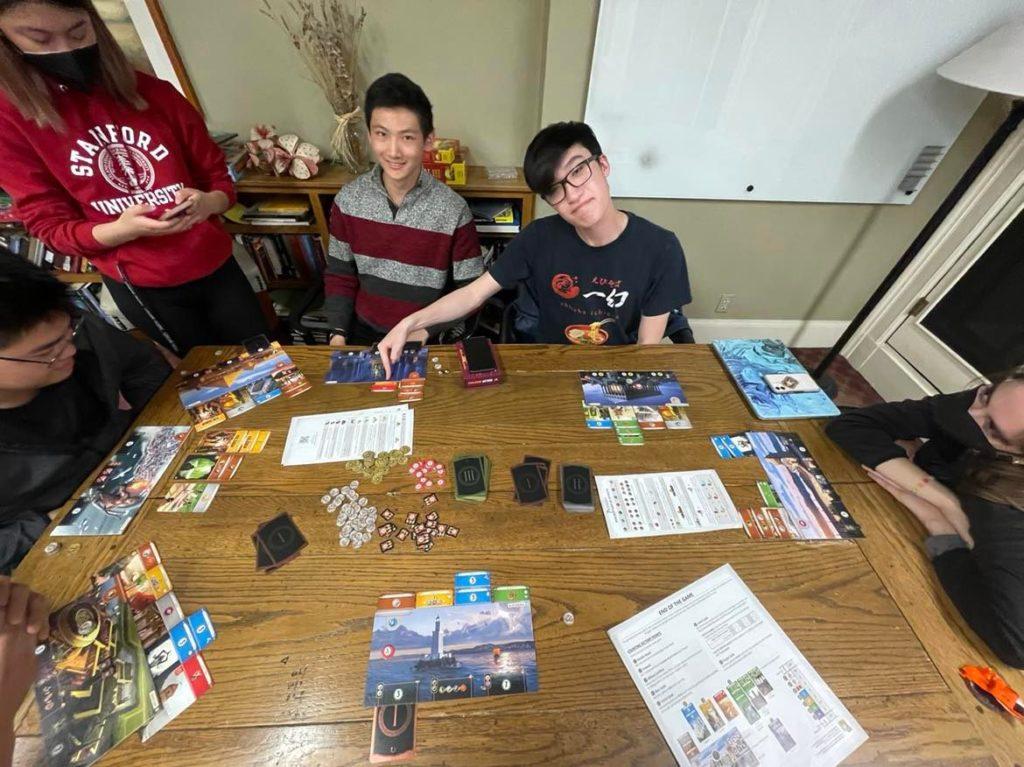
Figure 1. Game state at the end of Age I. “I thought we were peaceful… Why did you play a Military card?”
In the second round (Age II), it was interesting to see some players start focusing on collecting cards in a specific category and avoid using the same strategies as other players. For example, the player at the very left invested a lot in yellow cards (commercial activity), while the player wearing the ramen shirt played a lot of blue cards (directly stacking victory points).
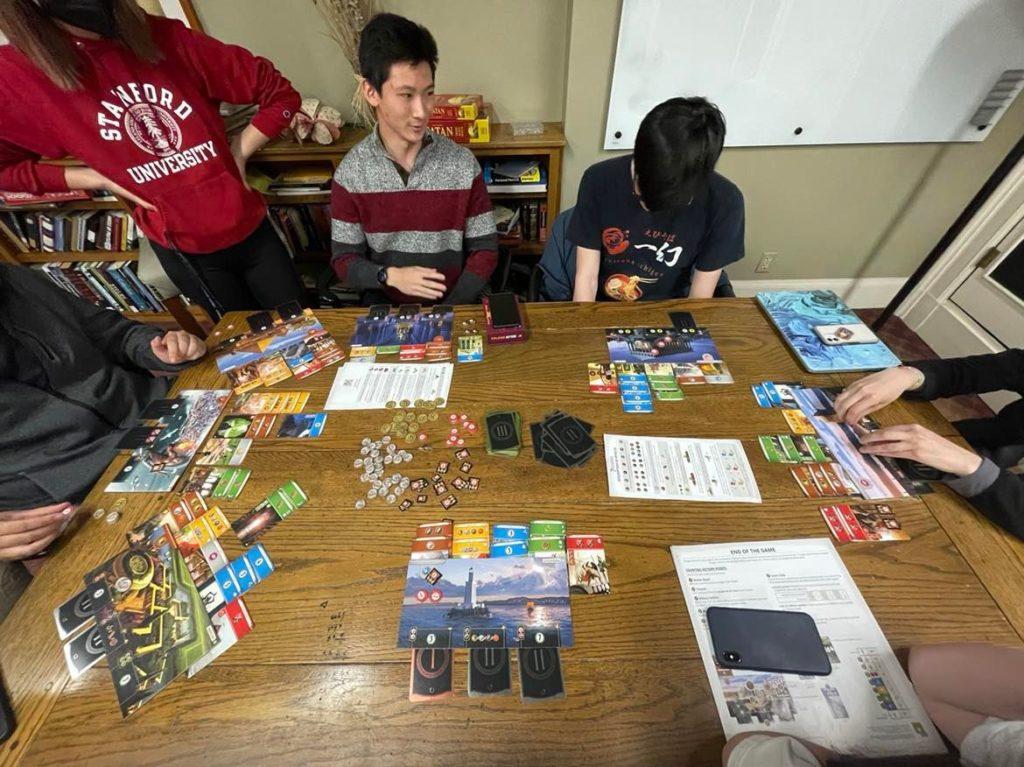
Figure 2. Game state at the end of Age II.
In the third round (Age III), it was interesting to see how everyone started building a lot of Military. This is because players were rewarded 5 Victory Points for winning a Military Conflict in the last round, as opposed to only 1 Victory Point in the first round. It was also interesting to see how multiple players committed to building Science (green cards) because the Victory Points grew exponentially for each additional Science card.
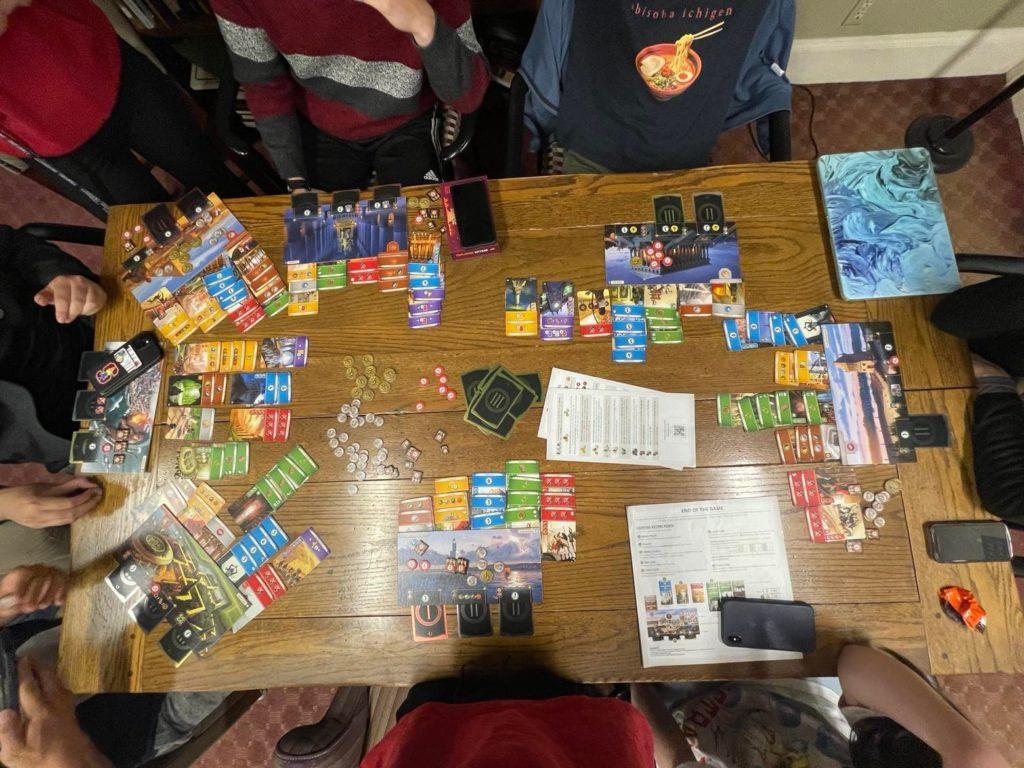
Figure 3. Game state at the end of Age III.
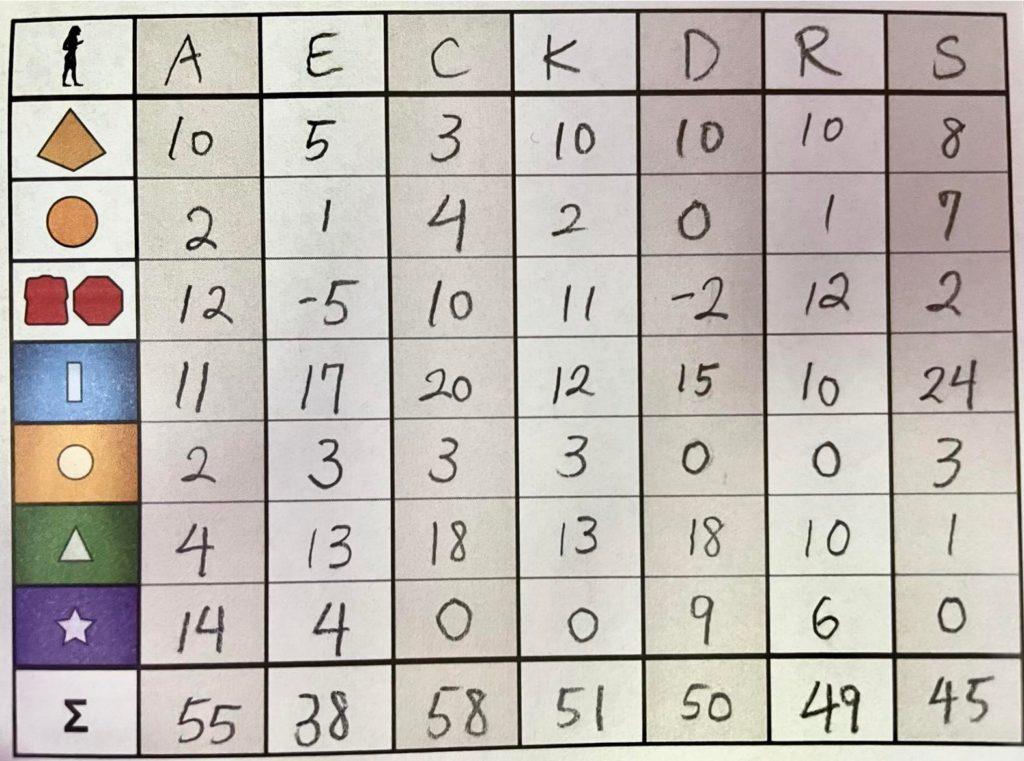
Figure 4. Final score table. Each column represents a player (I was “K”), and each row represents a category to earn Victory Points in. The bottommost row is the total Victory Points. We see that the player who won (“C”) won by playing a lot of blue cards (directly stacking Victory Points) and green cards (building Science).


